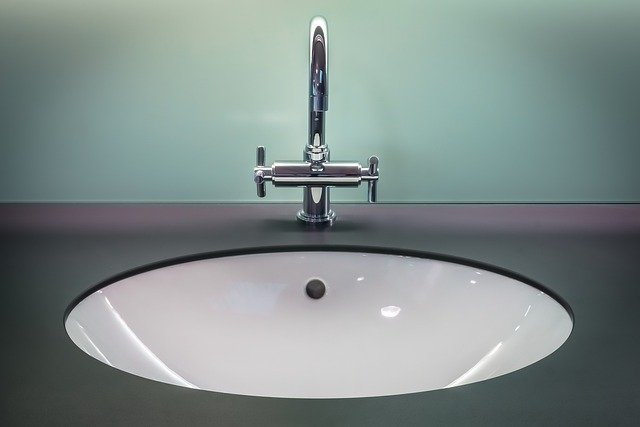Laser Skin Treatments Explained: Types, Benefits, Costs
Laser skin treatments offer powerful, modern solutions for common concerns like wrinkles, acne scarring, sun damage, and unwanted hair. This guide explains how different lasers work—ablative, non-ablative, fractional, and IPL—outlines benefits, outlines recovery expectations, and summarizes typical costs to help you decide if laser therapy is right for your skin goals.

Laser therapy has become a cornerstone of modern cosmetic dermatology, providing targeted, effective ways to improve skin texture, tone, and overall appearance. Advances in laser technology mean treatments can be tailored to specific concerns with minimal damage to surrounding tissue, making them a popular choice for people seeking skin rejuvenation.
Common Types of Laser Treatments
Different laser systems are designed for distinct purposes. Understanding the main categories helps you and your provider choose the best option.
-
Ablative lasers: These remove the outermost layers of skin to promote dramatic resurfacing. Ablative treatments are usually the most aggressive and can produce significant improvement in deep wrinkles, severe sun damage, and pronounced scarring.
-
Non-ablative lasers: Instead of stripping the surface, non-ablative devices heat the deeper skin layers to stimulate collagen production while leaving the epidermis largely intact. Recovery is typically quicker, though multiple sessions may be required to reach desired results.
-
Fractional lasers: Fractional technology treats microscopic zones within the skin, creating tiny columns of thermal injury surrounded by untreated tissue. This approach speeds healing and reduces downtime while still delivering meaningful improvement in texture, fine lines, and scars.
-
IPL (Intense Pulsed Light): Although technically not a laser, IPL emits broad-spectrum light that can treat multiple issues—like pigmentation, broken capillaries, and redness—in a single session. IPL is versatile but may be less targeted than a true laser for certain problems.
Benefits and Conditions Treated
Laser procedures can address a wide range of cosmetic and dermatologic concerns, including:
- Fine lines and wrinkles
- Sun damage and age spots
- Acne scars and other types of scarring
- Uneven skin tone and rough texture
- Enlarged pores
- Unwanted hair removal
- Vascular lesions such as spider veins and broken capillaries
Many patients see noticeable improvements in skin quality and firmness as collagen remodeling continues for months after treatment.
What to Expect: Treatment Process and Recovery
Most clinics follow a consistent pathway from consultation to aftercare:
-
Initial consultation and skin assessment — A trained provider evaluates your skin type, medical history, and goals to recommend the appropriate device and settings.
-
Pre-treatment preparation — You may be advised to avoid sun exposure, certain medications, or topical products ahead of treatment to reduce risks.
-
The procedure — Sessions typically last between 15 and 90 minutes depending on the area and the technology used. Some treatments require topical or local anesthesia for comfort.
-
Post-treatment care — Aftercare often includes gentle cleansing, moisturizers, and strict sun protection. Providers will give specific instructions on wound care and activity limitations.
Downtime varies widely: gentle non-ablative or IPL sessions may allow a return to normal activities within 24–48 hours, while aggressive ablative resurfacing can involve several days to weeks of healing. Fractional lasers usually fall in the middle, offering significant benefits with more manageable recovery.
Typical Costs and Number of Sessions
| Treatment Type | Average Cost Range | Number of Sessions |
|---|---|---|
| Ablative Laser | $2,000 - $6,000 | 1-2 sessions |
| Non-ablative Laser | $1,000 - $3,000 | 3-5 sessions |
| Fractional Laser | $900 - $2,500 | 3-5 sessions |
| IPL Treatment | $400 - $1,200 | 4-6 sessions |
Prices, rates, or cost estimates mentioned in this article are based on the latest available information but may change over time. Independent research is advised before making financial decisions.
Costs depend on geographic location, the provider’s experience, the clinic’s reputation, device brand, and the size of the treated area. Some practices offer package pricing for multiple sessions, and financing options may be available.
Potential Risks and Considerations
While laser treatments are generally safe when administered by experienced clinicians, potential side effects include:
- Temporary redness, swelling, or a sunburn-like sensation
- Changes in skin pigmentation (hyperpigmentation or hypopigmentation), more common in darker skin tones
- Small risk of scarring or infection, particularly with deeper ablative procedures
- Increased sensitivity to sunlight during healing
- Prolonged recovery for aggressive resurfacing techniques
Effective outcomes are linked to careful patient selection, realistic expectations, and skillful technique. Following pre- and post-treatment instructions, including meticulous sun protection, reduces the chance of complications and helps preserve results.
Choosing a board-certified dermatologist or licensed medical provider with extensive laser experience is crucial. Ask about before-and-after photos, complication rates, and the specific device being used.
This article is for informational purposes only and should not be considered medical advice. Please consult a qualified healthcare professional for personalized guidance and treatment.





